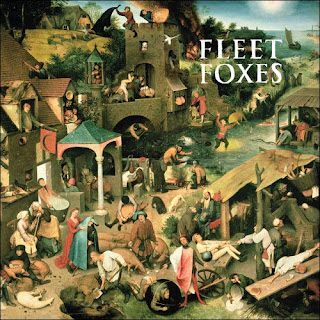
The book
Gomorrah (
Gomorra in Italian) by
Roberto Saviano is not the kind of book you want to read if you want to keep your romantic notions of Italy: medieval hilltop towns in Tuscany surrounded by fields of sunflowers. No, this book will mire you in the world of the crime organization called the
Camorra, sometimes referred to as the Neapolitan mafia. The book was fabulously successful in Italy and now there is a
movie. (An Italian friend said: “Yes, it’s popular and everybody is talking about it but nothing will be done – like always.” I hope she is wrong.)
Where to start with a review? Hmm, the name is a pun on the Biblical city and rhymes with Camorra. The book at times is very readable and other times it is a jumble of names, places and very interesting view points about the nature of crime that will have your head spinning. At times, I encountered a turn of phrase that no matter how many times I read it I didn’t get it. It could have been poorly translated or the source material was really that obtuse.
Of course there are descriptions of killings. More clinical than gory, the descriptions are nonetheless depressing. There is not one happy moment in the book that I can easily recall and if you are looking for a happy ending, forget it. After I finished reading the book I began going back and researching passages I flagged and the depressing news kept on coming. Want to know more about the trash dumps that burn around Naples? Glad you asked, there is a site for that
La Terra dei Fuochi. (The trash burns because it is filled with God knows what and much of it from the rich industrialized north.) Or if you want to know about the housing (a generous term) complex called the Vele di Scampi (the wings or sails of Scampi) where some of the book/movie are set, you can
read about that as well. And it keeps on going.
One thing that became clear to me reading the book (and the author says as much) is that you can remove 10 crime bosses and another 10 will sprout. The “system” is in place because of the demands of us outside the system. Demands for drugs, fashion wear, and places to dispose trash. There is a passage in the Chapter entitled
Cement, about the business of building and how profitable that has been for the Camorra, that I’ll repeat verbatim here because I think it describes the heart of the dilemma.
The economic power of the Camorra System lies exactly in its continual turnover of leaders and criminal choices. One man’s dictatorship is always brief; if the power of a boss were long-lasting, he would raise prices, create a monopoly, making rigid markets, and keep investing in the same sectors rather than exploring new ones. Instead of adding value to the criminal economy, he would become an obstacle to business. As so, as soon as a boss takes over, others ready to take his place start to emerge, figures eager to expand, to stand on the shoulders of the giants they helped create. Something that the journalist Riccardo Orioles, one of the most astute observers of power dynamics, always remembered: ‘Criminality is not power pure and simple, but one kind of power.’ There will never be a boss who wants a seat in government. If the Camorra had all the power, its business, which is essential to the workings of the legal and illegal scale, would not exist. In this sense every arrest and maxi-trial seems more like a way of replacing caps and breaking business cycles than something capable of destroying a system.
It's a strange and sobering choice of words to describe a criminal trial as breaking a business cycle. But this is one of the main reasons why I recommend this book: to understand this Italian criminal organization (and really all criminal organizations) from a different viewpoint, namely economic.
Finally, a nitpick. I personally like the
Italian version’s cover: it’s an Andy Warhol image of pink knives. The English-language version I purchased has a blood splattered crime photo which was too literal.






















